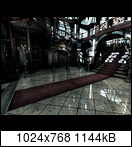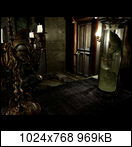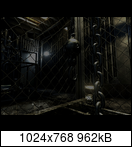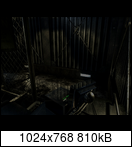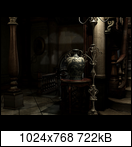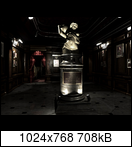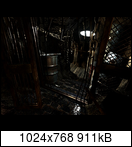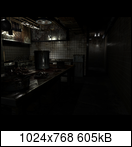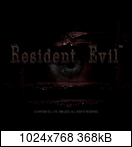I just ported this small simple shader to cg and uploaded to the repository of common-shaders. I got rid of part of the code that only blurred the output, so it only works over the pixel colors.
It’s a shader to be used as a first pass without scaling, that is, using 1x as scale factor and nearest filter. That’s because it only works on the pixel colors. I think it’s a useful shader for games that have bland colors. Many psx games suffer from this.
Some screens I took using this shader combined with Super-xBR. Dino Crisis 2 and RER are known for having very bland colors when emulated (on TVs people are used to increase color saturation until it’s satisfactory):



